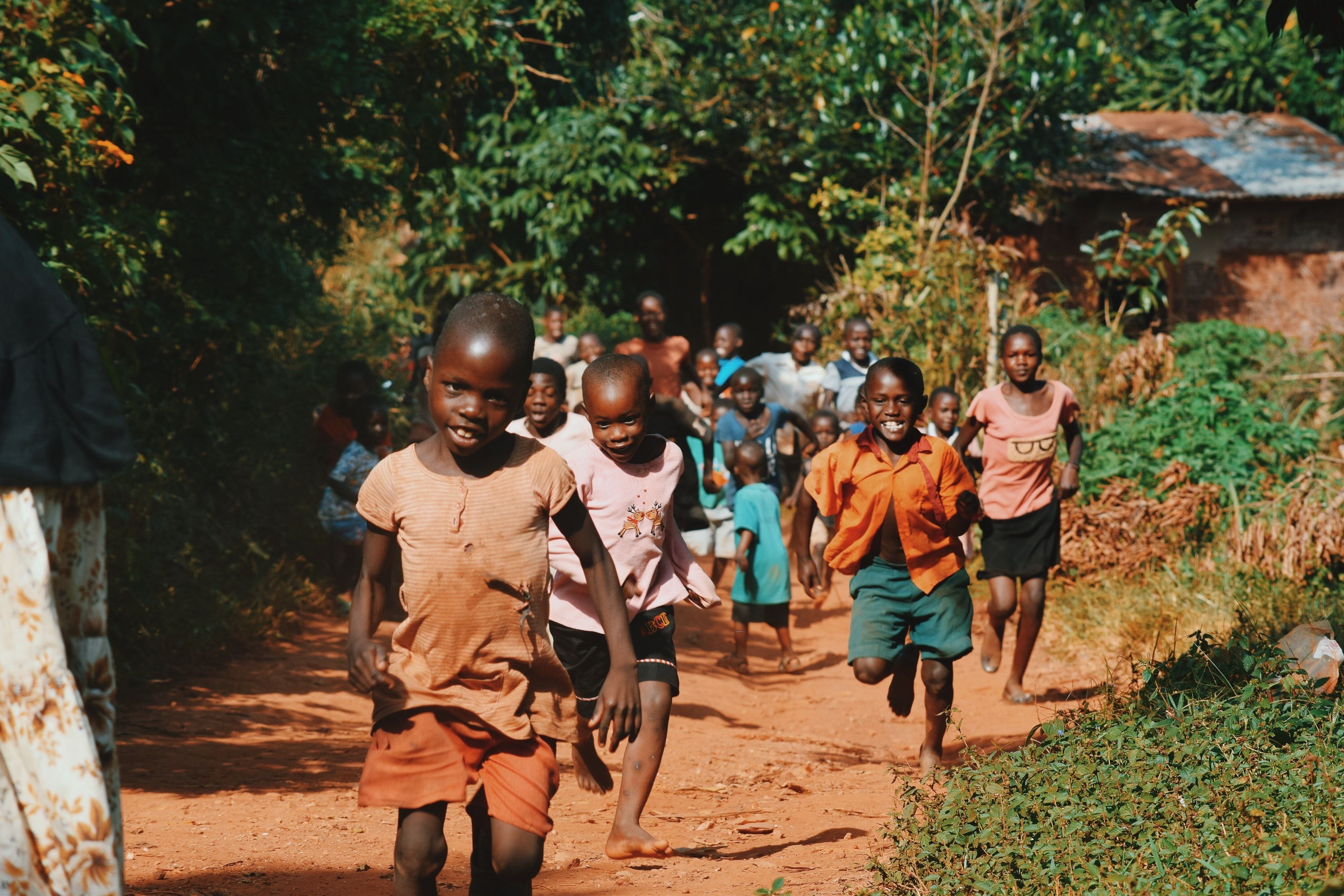University of Oxford Malaria Vaccine Gains its First Approval
The R21/Matrix-M vaccine can now be used in Ghana and could help in the prevention of a vector-borne disease that kills over 600,000 people annually.
Malaria has been endemic in subsaharan Africa, India, and parts of southern Asia.

Today, the University of Oxford announced the malaria vaccine, R21/Matrix-M, was approved for use in Ghana. The vaccine was a collaborative effort between Oxford, the Kenya Medical Research Institute, the London School of Hygiene & Tropical Medicine, Novavax, and the Serum Institute of India.
“This marks a culmination of 30 years of malaria vaccine research at Oxford with the design and provision of a high efficacy vaccine that can be supplied at adequate scale to the countries who need it most,” Professor Adrian Hill, chief investigator, R21/Matrix-M program, and director of the University of Oxford’s Jenner Institute at the Nuffield Department of Medicine, said in a statement.
The vaccine has been approved for use in children ages 5 to 36 months—the age group most vulnerable to malaria and has the highest risk of death. Malaria has been a significant problem in subsaharan Africa, India, and parts of south Asia. According to the WHO, malaria kills over 600,000 people annually with the most recent figure estimating 619,000 people succumbed to the disease in 2021.
What the Studies Demonstrated
Last year, Oxford researchers reported a booster dose of R21/Matrix-M at one year following a primary three-dose regimen maintained high efficacy against malaria. It also met the WHO’s Malaria Vaccine Technology Roadmap goal of at least 75% vaccine efficacy.
This followed 2021 results from the phase-2b trial reporting that R21/Matrix-M demonstrated high-level efficacy of 77%. Recent data from the large phase 3 trial also demonstrated high levels of efficacy and a reassuring safety profile.
The vaccine contains Matrix-M, a saponin-based adjuvant that enhances the immune system response, which is a technology platform developed by Novavax. The Matrix-M adjuvant stimulates the entry of antigen-presenting cells at the injection site and enhances antigen presentation in local lymph nodes. It has also been utilized in Novavax’s COVID-19 vaccine.
The Serum Institute of India will manufacture the vaccine and scale up production with the ability to produce more than 200 million doses annually.
“The licensure of the R21/Matrix-M Malaria Vaccine for use in Ghana is a significant milestone in our efforts to combat malaria around the world,” Adar Poonawalla, CEO, the Serum Institute of India, said in a statement. “We remain steadfast in our commitment to scaling up production of the vaccine to meet the needs of countries with high malaria burden and to support global efforts towards saving lives.”
Malaria In the US
Traditionally, the issue of malaria has been seen as a massive health issue in low-to-middle-income countries (LMIC) who lack housing and medical infrastructure and live in environments where the vector-borne disease proliferates. Interestingly enough, in the 20th century, malaria was actually endemic in the United States. However, in 1951, malaria was declared eliminated in the US.
Right now, approximately 2000 cases a year are diagnosed in the US, according to the CDC, and the majority of those cases are from people who recently traveled to countries where malaria is endemic.
The R21/Matrix-M vaccine is not approved in the US. At this point, with limited case loads and efficacious therapies to treat malaria, a vaccine does not appear to be needed. However, the US does have the prospective conditions for outbreaks, including being home to the malaria-carrying Anopheles mosquito, which is indigenous to many US states. The insect is primarily found in the eastern part of the country, from the east coast to the Texas panhandle. The highest numbers are found in the southeast US.
“Outbreaks of locally transmitted cases of malaria in the United States have been small and relatively isolated, but the potential risk for the disease to re-emerge is present due to the abundance of competent vectors, especially in the southern states,” the CDC wrote on its website.
With global warming, weather conditions may make the environment more amenable to this species of mosquitos. A recent report developed by a company called BlueDot showed that climate change is likely to turn northern hemisphere cities like New York, Toronto, and London into breeding grounds for dengue- and Zika-carrying mosquitoes over the next 10 years.


















